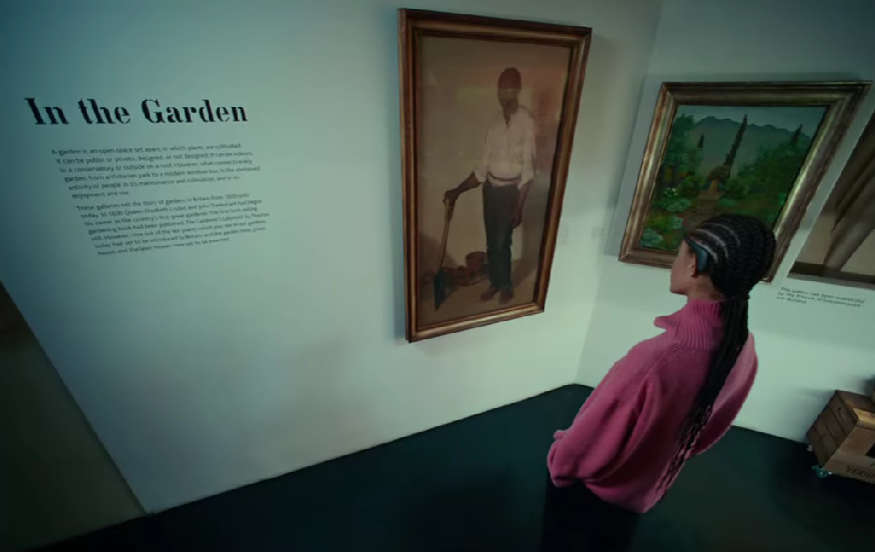What are the effects of art on the brain? In a British museum experiment in front of the public
What happens in our brains when we look at a work of art? That’s what, in England, theArt Fund wondered, as it conducted an audience experiment at London’s Courtauld Gallery , measuring the results for the first time in real time, with 3D graphics, and right in front of the public. Participants viewed works from the gallery’s extraordinary collection, including those by Vincent van Gogh, Claude Monet and Paul Cézanne, while connected to a monitor showing electroencephalogram (EEG) measurements. The results of the brain waves were displayed in real time on the screen in 3D.
The project was commissioned to illustrate the impact art can have on people’s brains and emotions, with the hope that the results will help encourage people to visit more museums and galleries. Indeed, new research commissioned to accompany the project found that while 95 percent of British adults agree that visiting museums and galleries is beneficial, four in 10 (40 percent) visit them less than once a year, while about one in six (16 percent) believe art has no impact on them.
However, technology demonstrates both the clear and immediate impact that art can have on the human brain and the way different artworks can have different impacts. For example, Van Gogh’sSelf-Portrait with Bandaged Ear (1882) creates a clearly different brainwave pattern than Leon Kossoff’s Shell Building Site (1962) and Matthew Arnold Bracy Smith’s Lilies in a Vase (1914).
Dr. Ahmad Beyh, a neuroscientist and postdoctoral researcher at Rutgers University, said, “We know that when a person sees something they find beautiful, such as a face or a painting of abstract art, their brain’s pleasure centers light up and their visual sensory centers are engaged more intensely. Studies suggest that this is accompanied by a release of dopamine, also known as the feel-good neurotransmitter.”
The system for visualizing brainwaves was created by special effects company The Mill, in collaboration with interactive artist Seph Li, by interpreting electrical signals from the brain to create real-time three-dimensional visualizations of the brainwaves of people who are viewing artwork in museums.
Will Macneil, creative director of The Mill, explains, “When a user is more observant, the ribbons get wider, or when they’re trying to make sense of something confusing, the ribbons start to spiral and intertwine. When the viewer sees something they recognize, bright reflections appear.”
Art Fund director Jenny Waldman said, “At the Art Fund, we want to encourage everyone to share great art and culture. Visualizing the way we interact with extraordinary works of art and objects can really make an impact on us, and we hope to inspire more people to explore museums and galleries within our reach.” The trial will continue on a select group of museums across the UK in 2024. Details on which museums the project will visit in 2024 will be published next year.
 |
| What are the effects of art on the brain? In a British museum experiment in front of the public |
Warning: the translation into English of the original Italian article was created using automatic tools. We undertake to review all articles, but we do not guarantee the total absence of inaccuracies in the translation due to the program. You can find the original by clicking on the ITA button. If you find any mistake,please contact us.




























